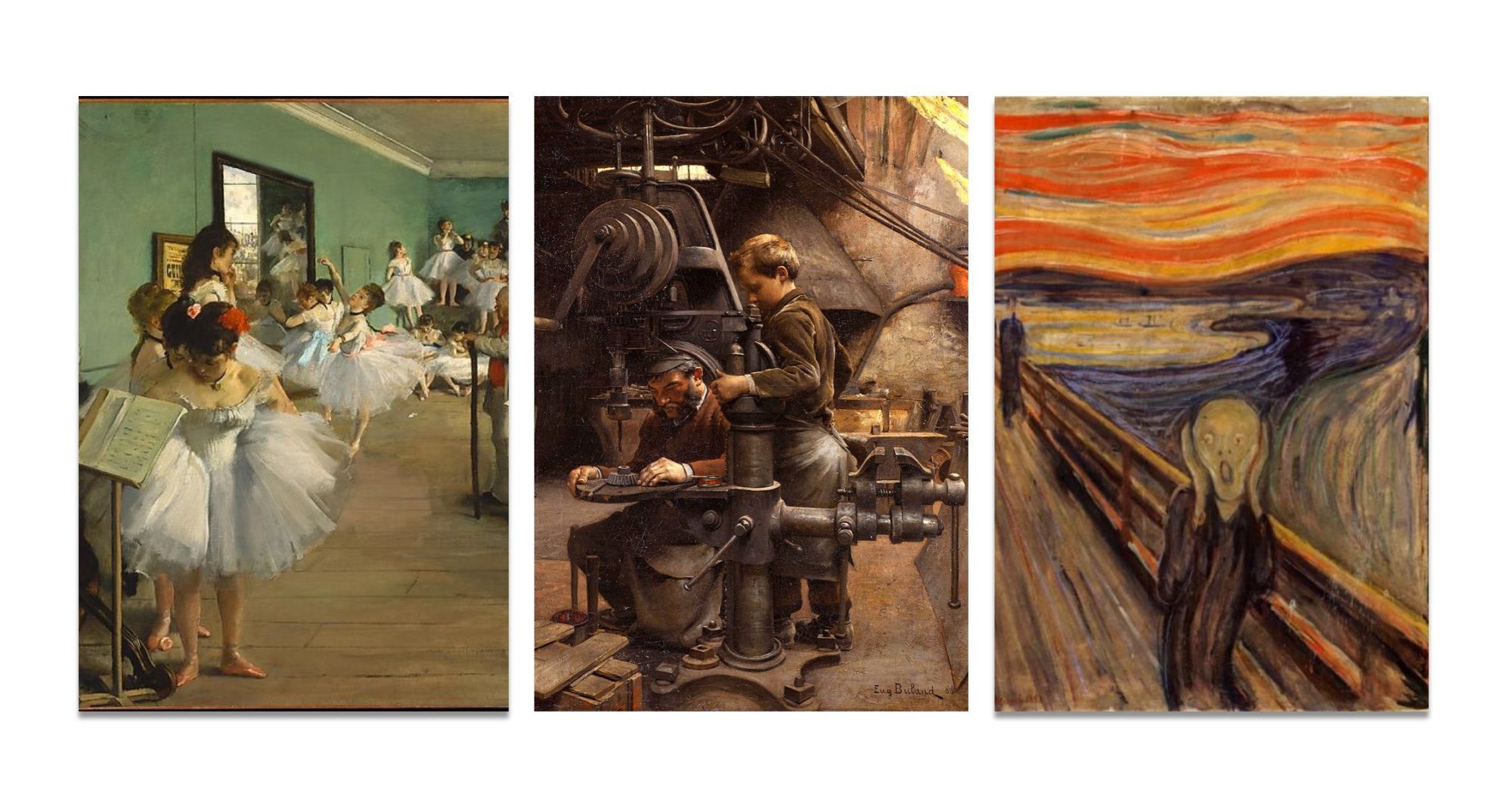In the opening to Elizabeth Cleghorn Gaskell’s novel Ruth she sets the scene of her story by discussing the view one might have of a city street in the Victorian Era. She examines the classes’ use of transportation and how the upper class are transported from place to place via coach, carriage or sedan while the middle class, “The professional men and their wives, the shopkeepers and their spouses, and all such people, walked about at considerable peril both night and day (Gaskell, 1).” This post will discuss transportation in the Victorian Era and how it divided the classes.
Walking:
As stated by Gaskell in the beginning of Ruth, walking was the common way of transportation in the Victorian Era. Walking on the streets was made dangerous by passing traffic and lurking criminals. Despite the dangers, the lower classes preferred walking because it cost nothing but a pair of shoes and one did not have to keep and feed a horse. The poor were restricted to the means they had while the wealthy could afford to be transported safely and in style.
Bicycles:
The cost of a bike was approximately $135. At this time the average income was $400 a year. So we can assume that only the wealthy could afford this mode of transportation that cost over a quarter of one’s yearly wages (Capri). Buying a bicycle was similar to buying an expensive car in the twenty-first-century: only the well off could afford this stylist mode of transportation. The lower class could not.
(google.com/images)
Early buses:
In 1829 the first public carriage was created to provide the lower classes with transportation that would have otherwise been deemed unaffordable. The creator of this system was English man, George Shillibeer. These sizable trams were drawn by two or more horses (Crank). While this early bus system was immerging, many of the lower class could still not afford the low rates. Many families barely managed to scrap together enough money to pay rent and feed themselves.
(Crank, wordpress.com)
Carriages:
A Hansom cab was a two passenger horse drawn vehicle in which the driver would sit in the back. This carriage was only owned by wealthy upper class gentlemen and being the equivalent to today’s sports car, dignified ladies of status did not ride in them (Crank).
(google.com/images)
Clarence carriages were also privately owned vehicles. The wealthy in the Victorian Era would use these carriages for transportation to and fro. They were acceptable for ladies of high propriety to ride in as well as gentlemen. Being privately owned, many of these carriages were lavishly furnished with matching interior and accessories. The family crest would often be painted on the carriage side. The drivers and the horses’ tack would match the carriage itself. The very wealthy would have four to six horses pulling one carriage at a time. These transportation devices were symbols of status (Crank).
(Google.com/images)
Gaskell, Elizabeth Cleghorn. Ruth. Chapman and Hall, 1853, http://www.gutenberg.org , most recently updated: July 9, 2011. Date assessed: September 18, 2012.
Capri, Tom Berger. Transportation. www.Library.thinkquest.org. Date of access: September 18, 2012.
Crank, Cindy. Transportation and Carriages in the Victorian Era (1837-1901). <Horseandhistory.wordpress.com>. Post Date: May 2, 2011. Date Accessed: September,18, 2012.
–K. Anthony







